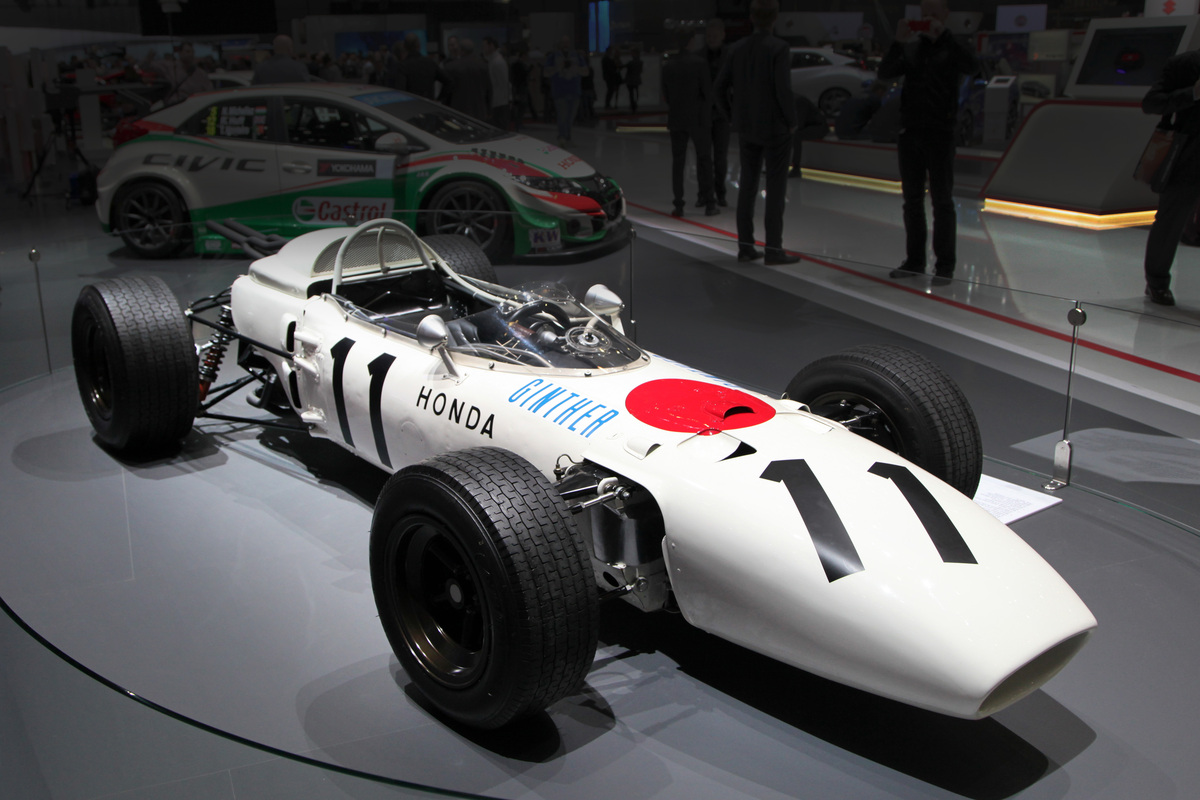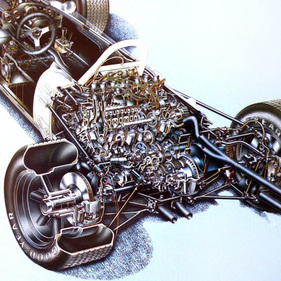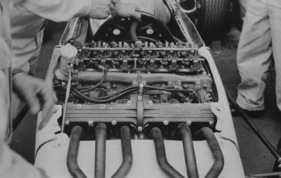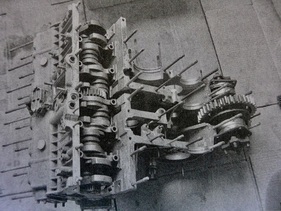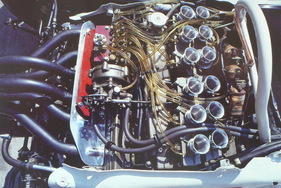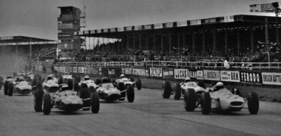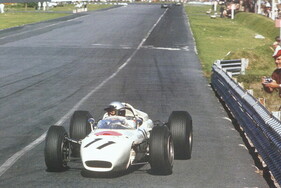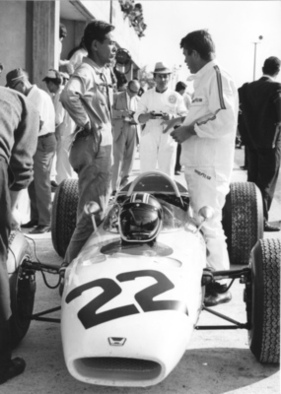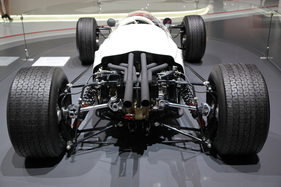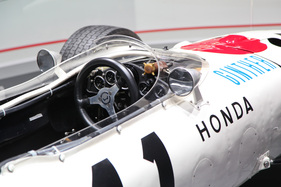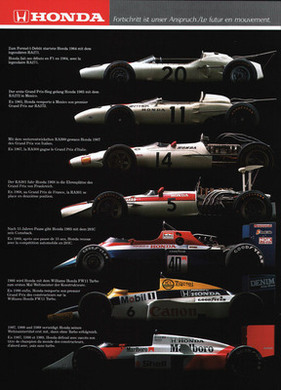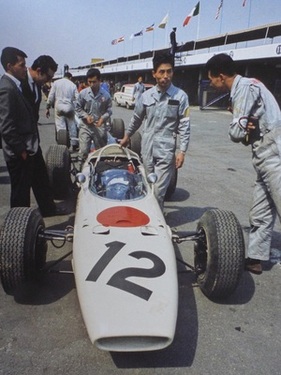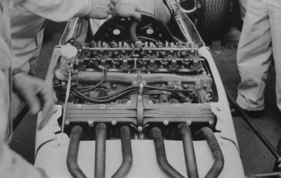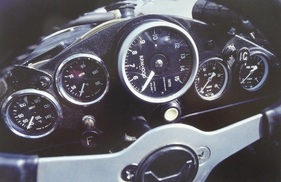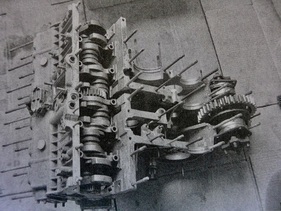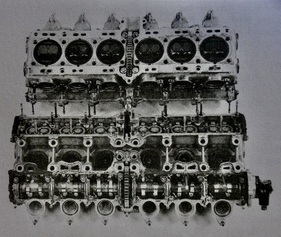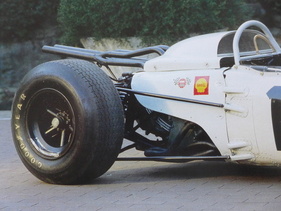Technology in the race car (13): Honda RA 272 - lateral driver
Summary
Honda made its debut in Formula 1 with the RA 272 and its predecessor, the RA 271, and showed right from the start that it could compete at the very front. The transverse-mounted V12 engine was more powerful than those of the competition and allowed for a compact monoposto design, which was ultimately rewarded with a Grand Prix victory. This report from the "Technology in racing cars" series looks at the special design features of the unusually built Honda Formula 1 racing car.
This article contains the following chapters
- New style
- Transverse instead of longitudinal
- Adjustments to the installation position
- With its own chassis
- Successful after a short time
Estimated reading time: 5min
Preview (beginning of the article)
The years 1958-1978 were the two most creative decades in the history of racing technology. This series portrays the most innovative, pioneering and exotic designs of Formula 1, Indy cars, sports cars and CanAm, and at the same time traces the major lines of development that still have an impact today. The series started with Lotus, one of the most important innovation drivers of these two decades. And the series will also finish with Lotus: With the first ground-effect Formula 1 to win a world championship in 1978; the Type 79. In 1964, Japanese drivers appeared in Formula 1 for the first time with Honda, under the leadership of Nobuhiko Kawamoto, who would later become CEO of Honda.
Continue reading this article for free?
Photos of this article

